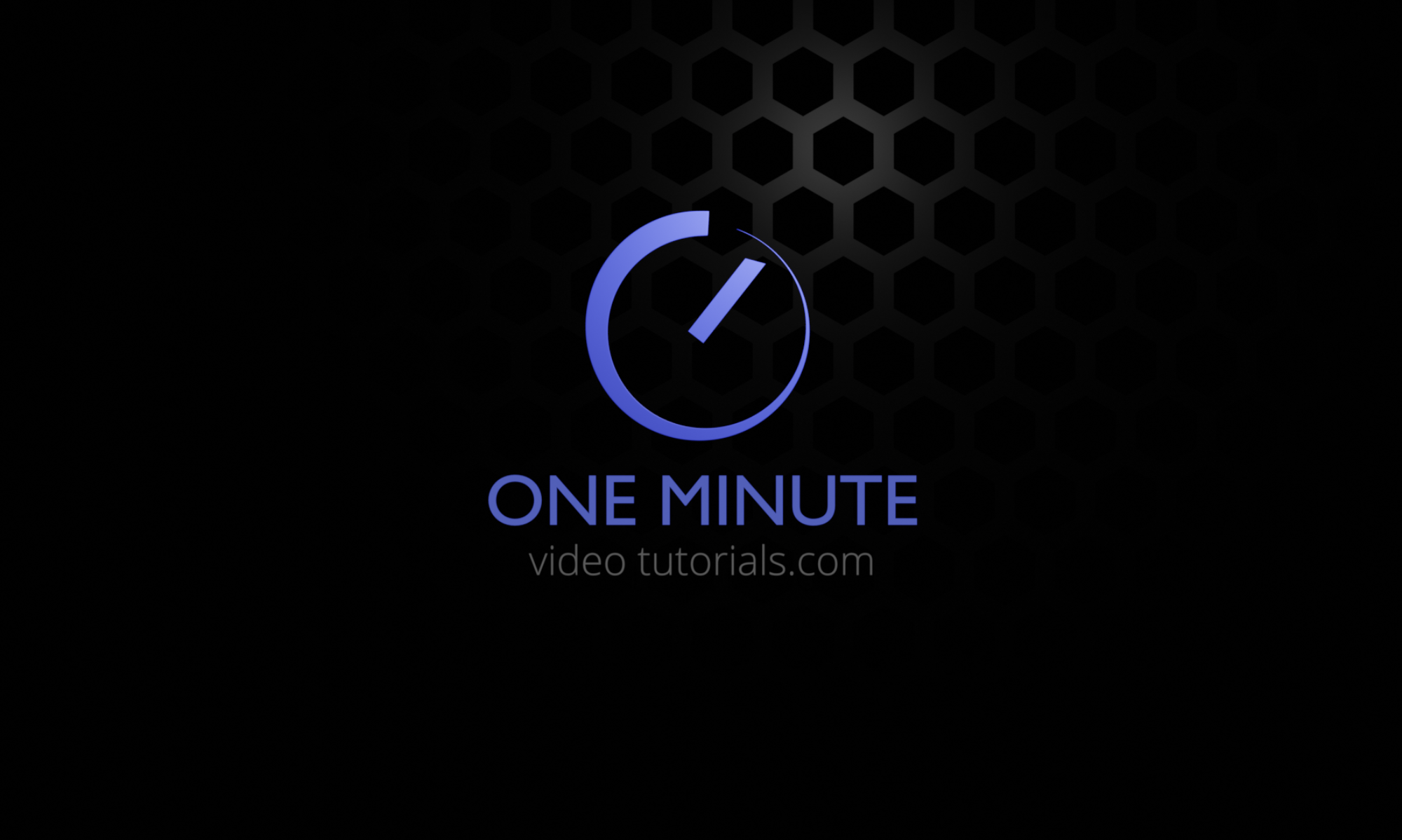In this fast speed tutorial we combine two different texture images into one texture without seams with the help of texture paint:
Written version:
First we mark some seams and create a basic uv map.
We can add the uv test grid image to see that there isn’t any significant stretching going on.
Now let’s create two new uv maps and name the first one back and the second one front.
We select the back map and open up an image of the backside of a hand.
Then we’ll project the uv-map from the top view, and move it around to make it match the image.
Next we go to select the front map and load up an image of the front side of a hand.
Let’s switch to the opposite side of our 3d model and use the project from view functionality once more. We can move the uv faces so that they match the image more accurately.
Now it’s time to create the final uv map that we’ll use for rendering. Let’s select the default uv map and then head over to texture paint.
We’ll choose the clone tool and set it to clone from UV map in the options tab. Let’s first paint from the front map. When the front is finished, we’ll move to the back side of the hand and select the back map for the clone source.
Let’s also close the gaps in the middle. Our back and front maps do not really contain any good data for these parts, so we can also turn off the “clone from uv map” checkbox and do some regular cloning, in which we set the clone source from the 3d viewport by control clicking.
To blend the two textures together, we can uncheck the clone from uv map checkbox and do some regular cloning which uses the 3d cursor as the source point. We will also lower the strength of the brush to create a smooth blend.
When the texture looks good, we have to go and save this new image as a file.
The last step is to give the 3d model a material with a texture. We select the uv map image file that we just created as the texture file. Next we’ll set the mapping to UV and choose the default uv map from the dropdown.
If we give it a quick render, we can see our texture in action!
Thanks for watching and see you next time on One Minute Video Tutorials.com!

How do I do this on the latest version of Blender?